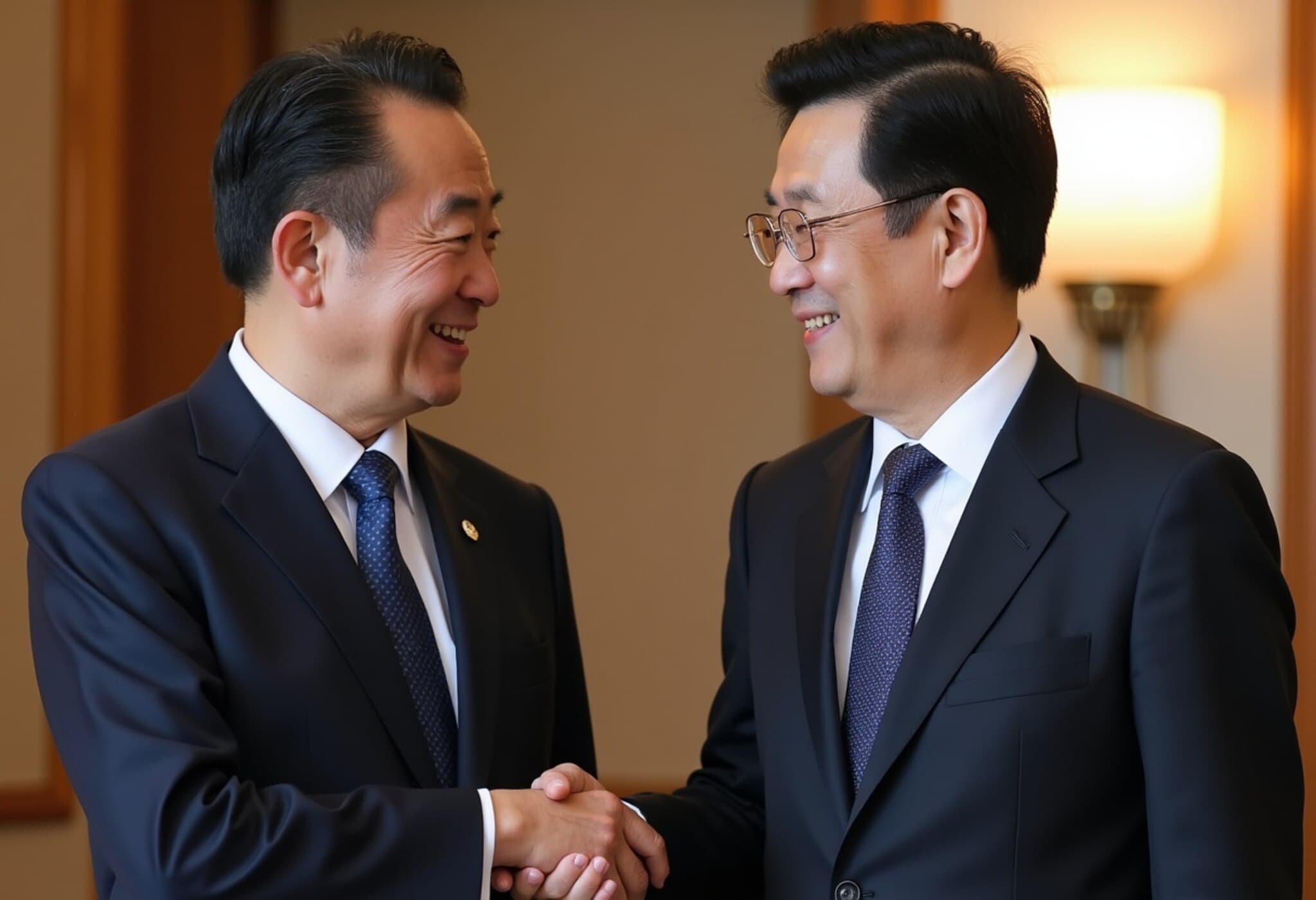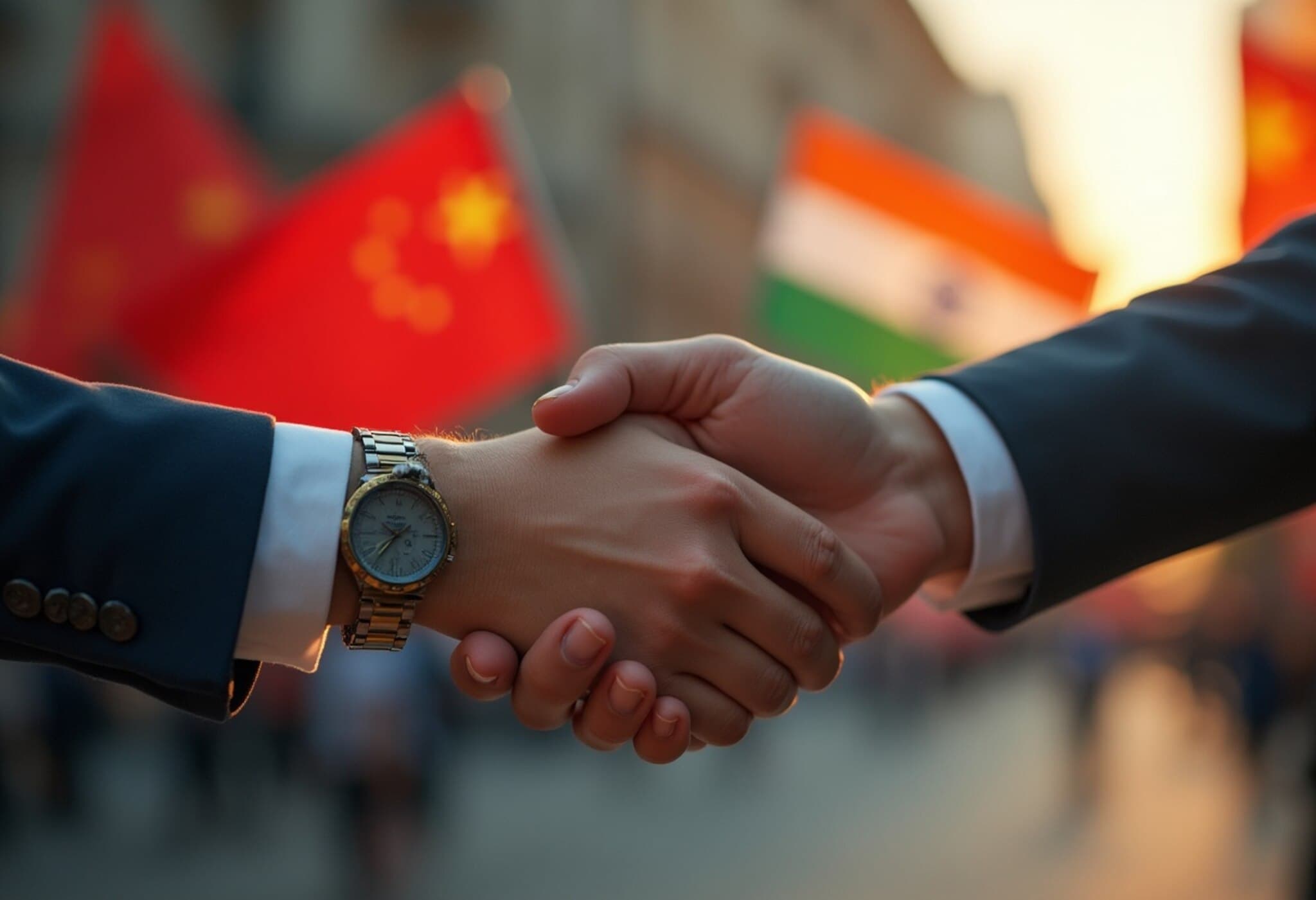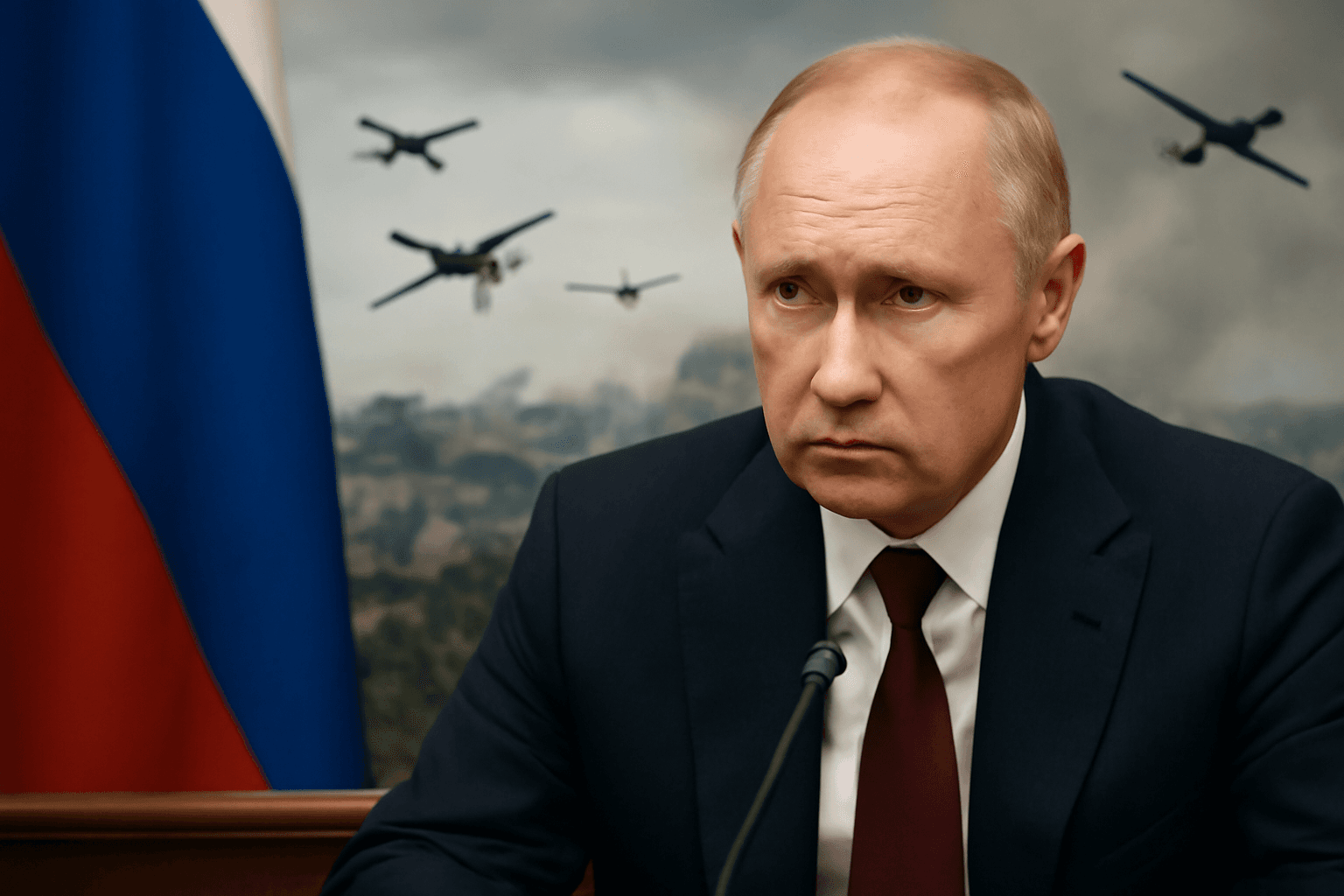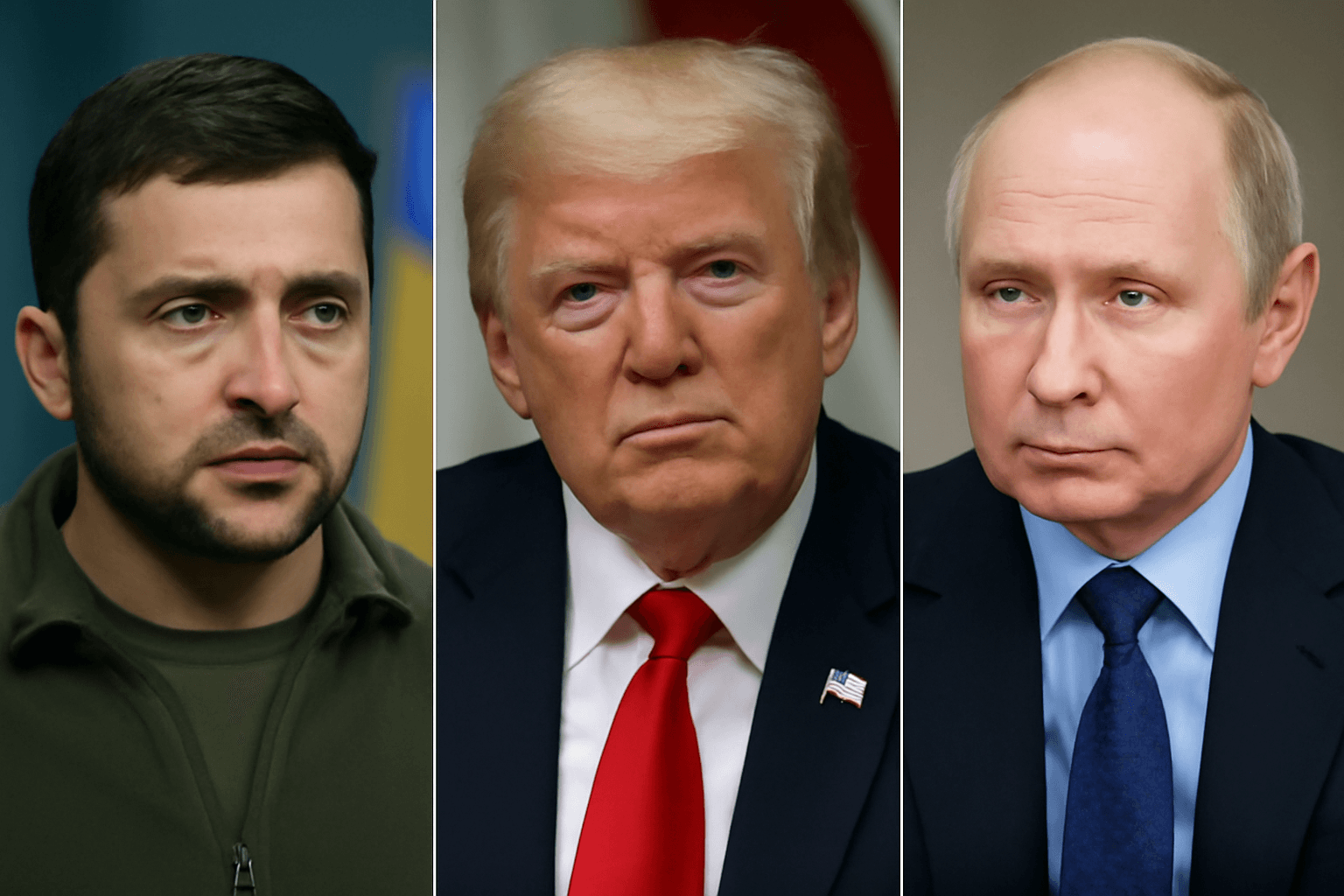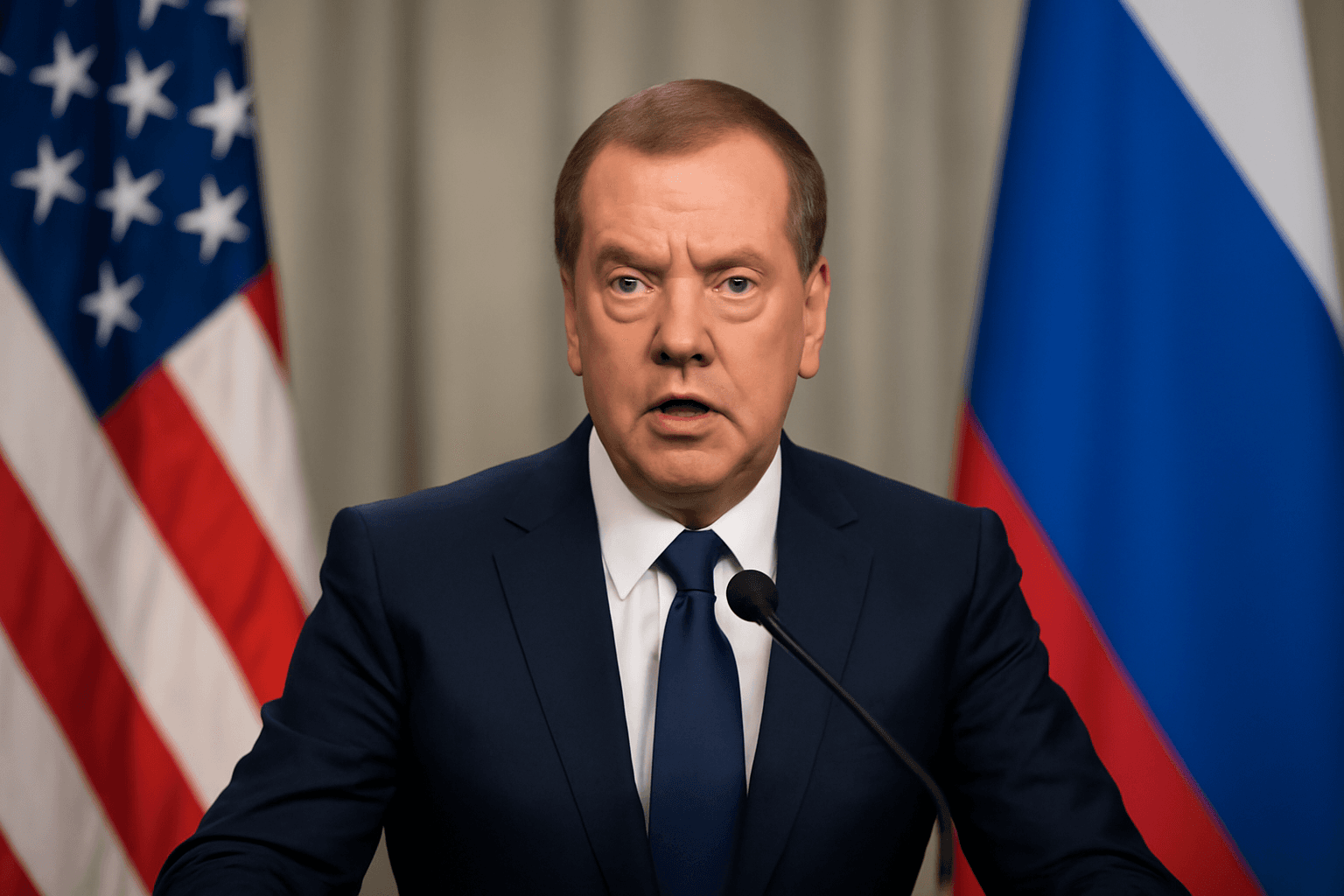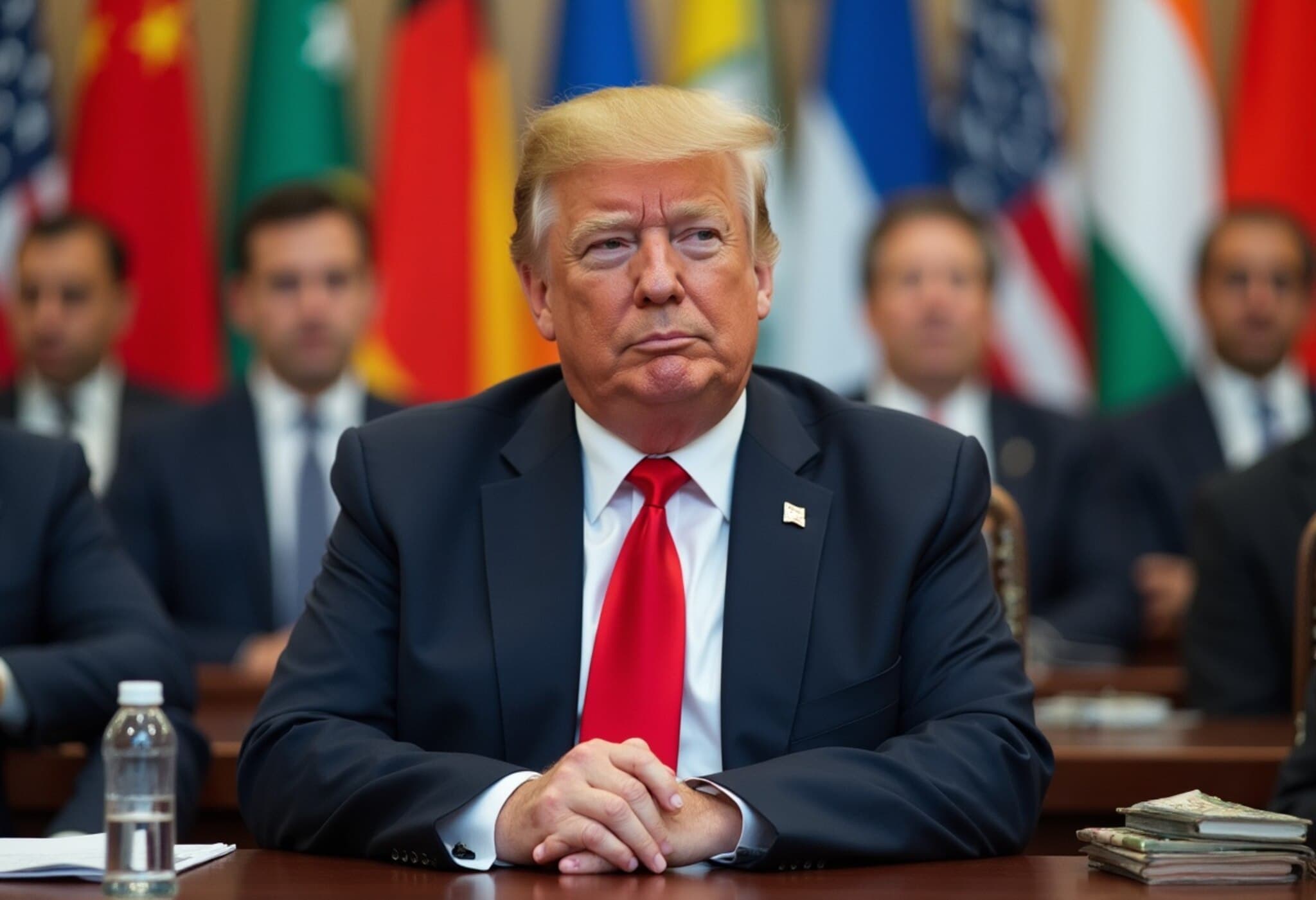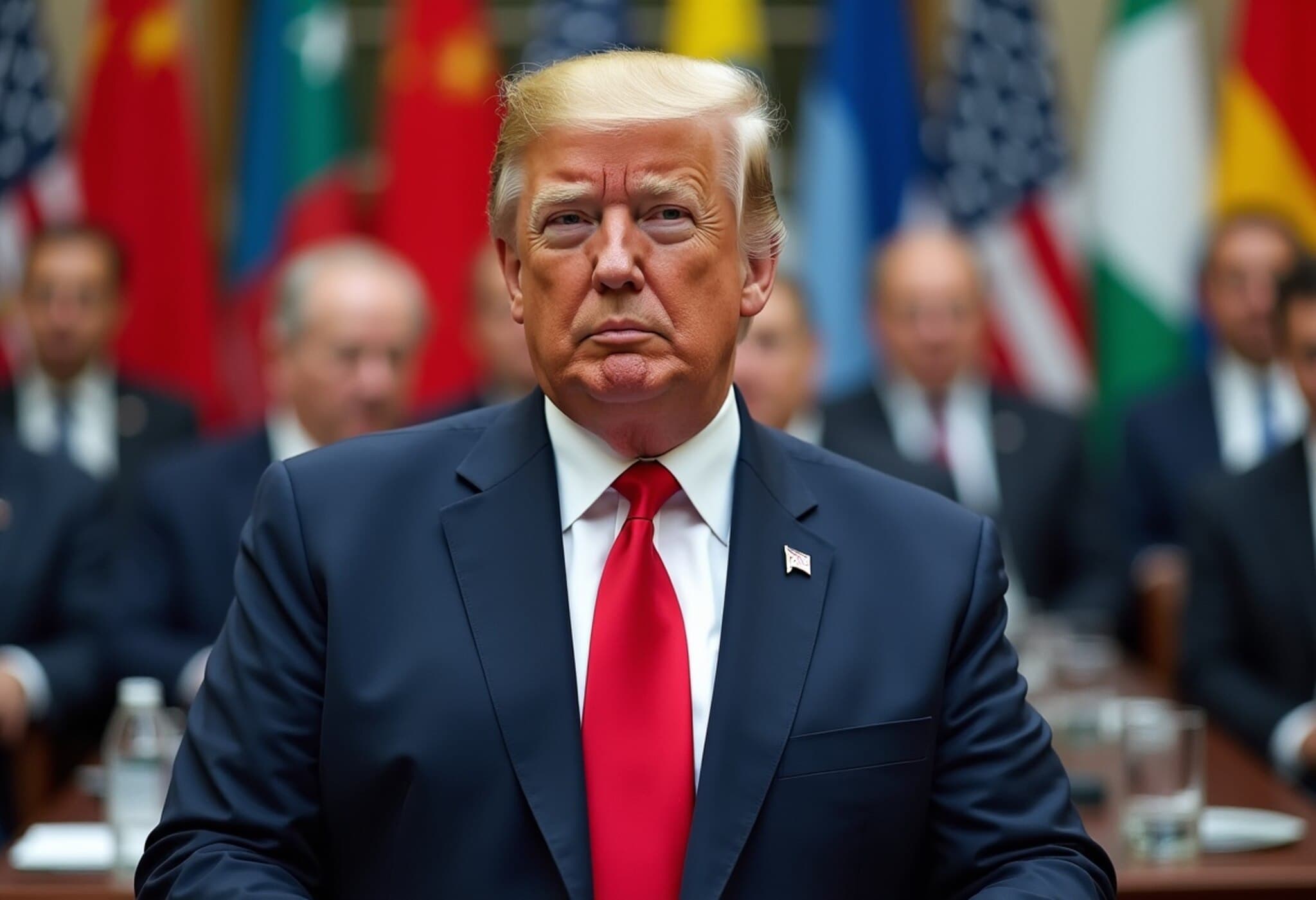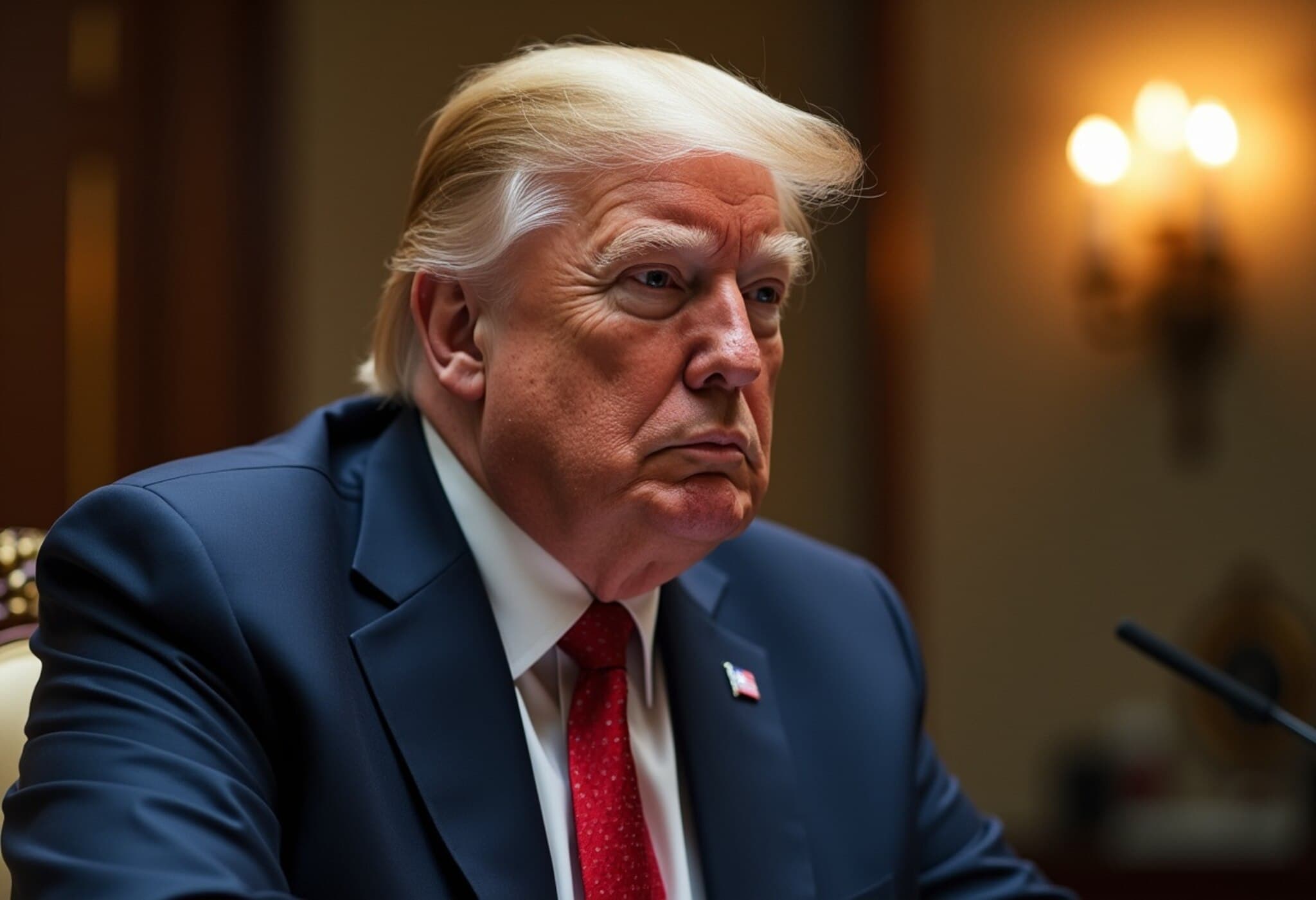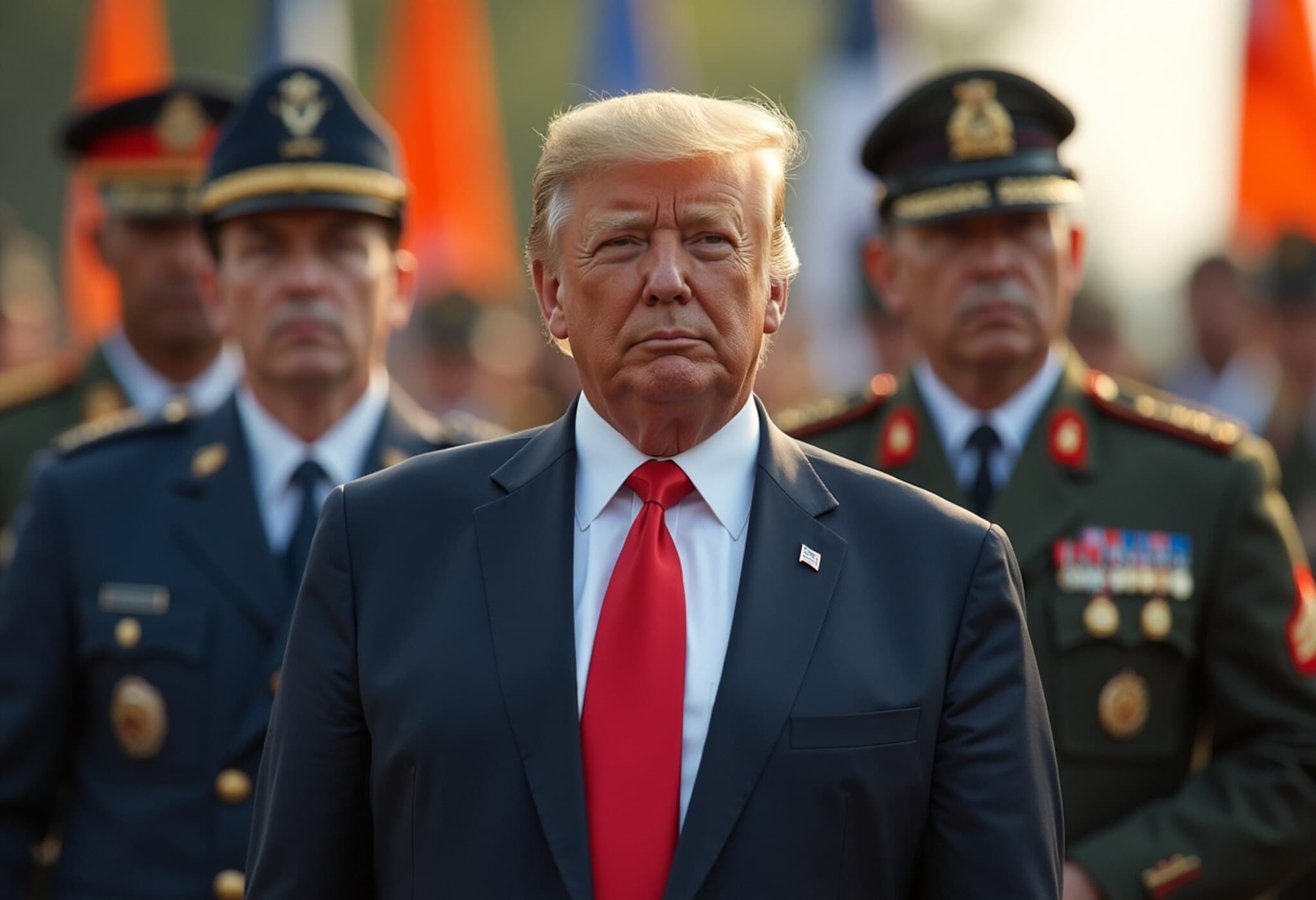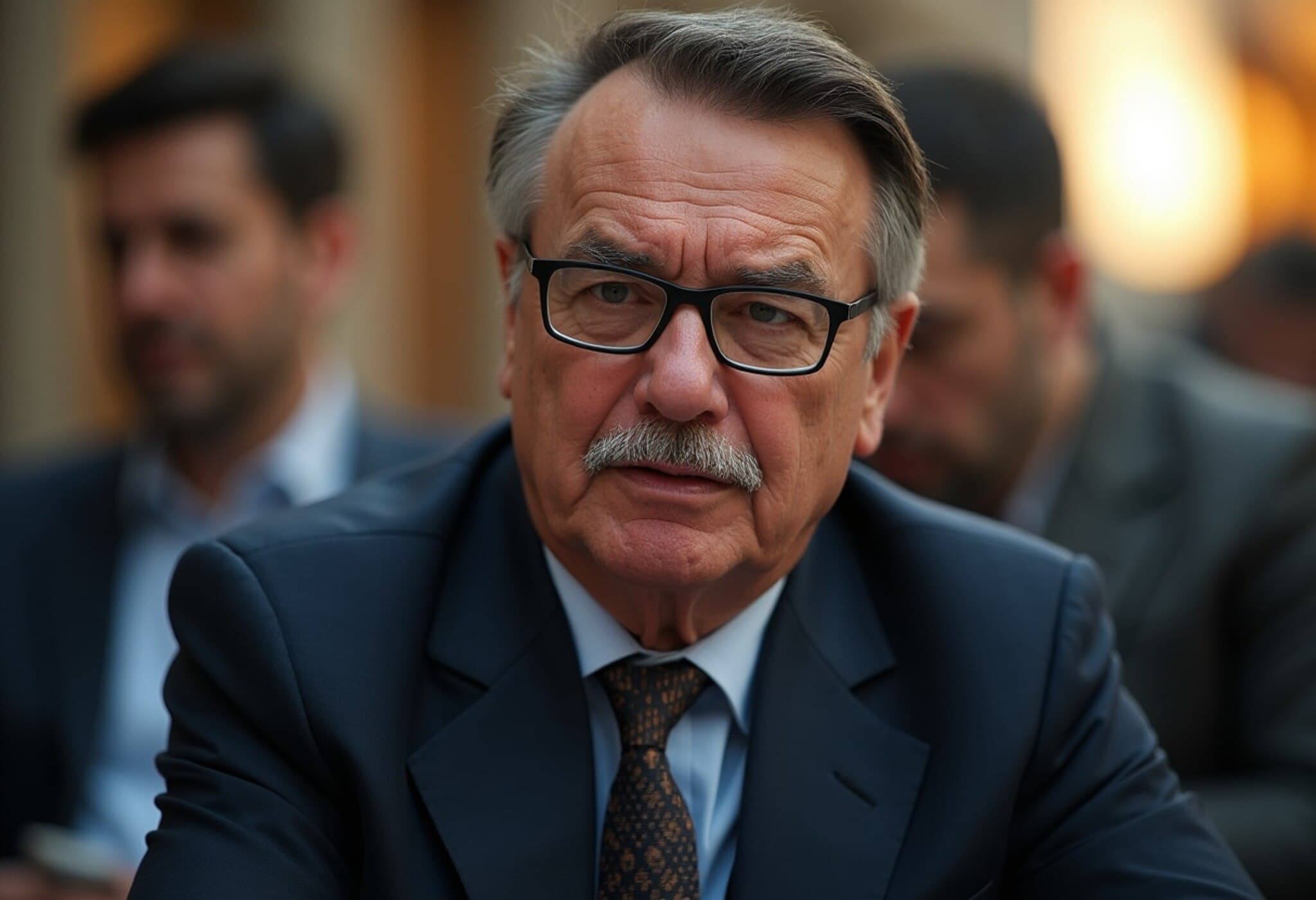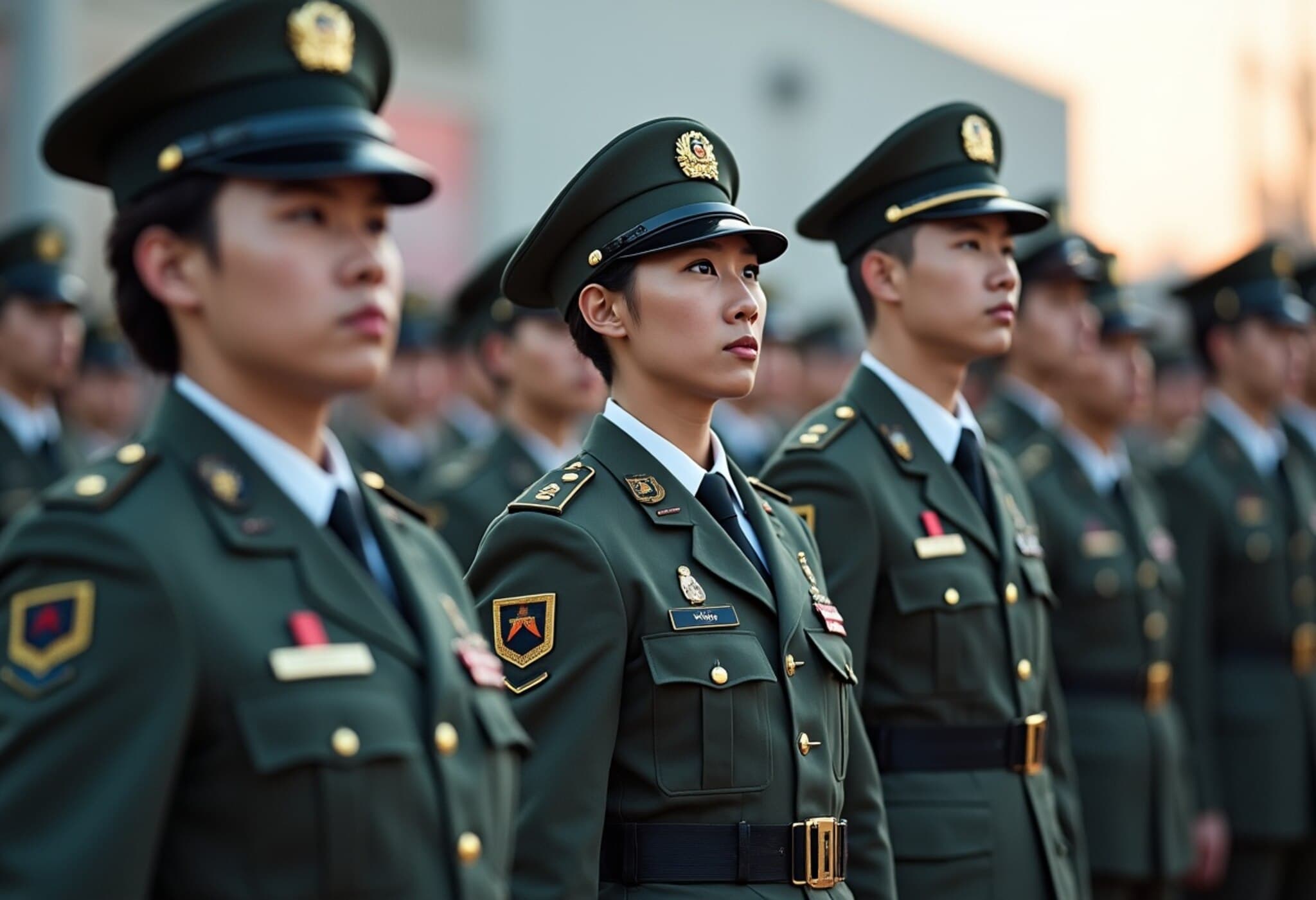South Korean President Lee Visits Tokyo for Strategic Talks Ahead of U.S. Summit
On August 23, 2025, South Korean President Lee Jae Myung arrived in Tokyo for a pivotal summit with Japanese Prime Minister Shigeru Ishiba, underscoring a renewed commitment to regional cooperation at a critical juncture in Asia-Pacific geopolitics. This visit notably precedes Lee’s scheduled meeting in Washington D.C. with U.S. President Donald Trump, highlighting Japan’s central role in Korea’s foreign policy amid looming trade and defense challenges posed by Washington.
Symbolism and Substance: 60 Years of Normalized Diplomatic Ties
Marking the 60th anniversary of normalized diplomatic relations between South Korea and Japan, this summit serves both as a symbolic reaffirmation of bilateral friendship and a pragmatic dialogue addressing shared regional concerns. The last time the two leaders met was informally at the G7 summit in June, making this their first full discussion since Lee took office in June 2025.
Prime Minister Ishiba welcomed President Lee to the Prime Minister’s Office, sharing images and commentary that spotlighted the significance of this meeting amid internal political pressures. Ishiba, facing criticism within his ruling party following recent election setbacks, stands to gain political capital from a successful summit that reinforces Japan’s commitment to strong ties with South Korea.
Expert Insight: Pragmatic Diplomacy in a Complex Region
Rintaro Nishimura, an associate at The Asia Group in Japan, characterized Lee’s approach as "pragmatic diplomacy"—balancing bilateral engagement with Tokyo and trilateral coordination with Washington. Nishimura emphasized that while trade tariffs form a central agenda point, Lee’s prioritization of Japan reflects a strategic outlook recognizing the intertwined security and economic interests among these key Asian democracies.
- Trade and Tariffs: With U.S. tariffs threatening regional economic stability, both Japan and South Korea are eager to align their positions ahead of Washington discussions.
- Security Cooperation: The leaders discussed North Korea’s advancing nuclear weapons program and missile tests, alongside addressing rising concerns about China’s regional assertiveness.
- Human Exchange Initiatives: Talks included potential relaxations such as fast-track visa schemes and expanded working holiday programs to foster people-to-people ties.
Historical Reckoning and Forward-Looking Dialogue
President Lee used the platform of his August 15 Liberation Day speech to call for moving beyond the historical grievances left by Japan’s 1910-1945 colonial rule. While acknowledging lingering wounds—particularly around forced labor and the comfort women issue—Lee reaffirmed South Korea’s intention to adhere to prior bilateral agreements, emphasizing trust-building efforts.
Prime Minister Ishiba echoed this tone by expressing sincere remorse for Japan’s wartime actions, restoring language of apology that had been omitted since 2013. This shared stance signals a mutual, if cautious, willingness to progress in reconciliation, vital for trilateral cooperation with the United States on broader economic and security fronts.
Strategic Context: Navigating U.S. Relations and Regional Stability
Lee’s decision to visit Japan before the United States departs from traditional diplomatic sequences and illustrates the growing importance of East Asian regional dynamics. Japan's earlier tariff agreement with the U.S. positions it as a potential mediator, enabling coordinated dialogue in the forthcoming Korea-U.S. summit.
This trilateral balance is particularly crucial given ongoing challenges such as:
- North Korean provocations: Pyongyang’s advancing missile and nuclear capabilities demand unified responses.
- Trade tensions: U.S. tariffs risk destabilizing established supply chains and economic growth in both countries.
- China’s expanding influence: Regional security frameworks must adjust to Beijing's assertive policies.
Conclusion
President Lee’s Tokyo summit with Prime Minister Ishiba not only reinforces bilateral goodwill after decades of fraught relations but also signals a strategic recalibration facing new global pressures. Their dialogue underscores the delicate balance of historical reconciliation, economic pragmatism, and shared security interests shaping Northeast Asia’s future.

